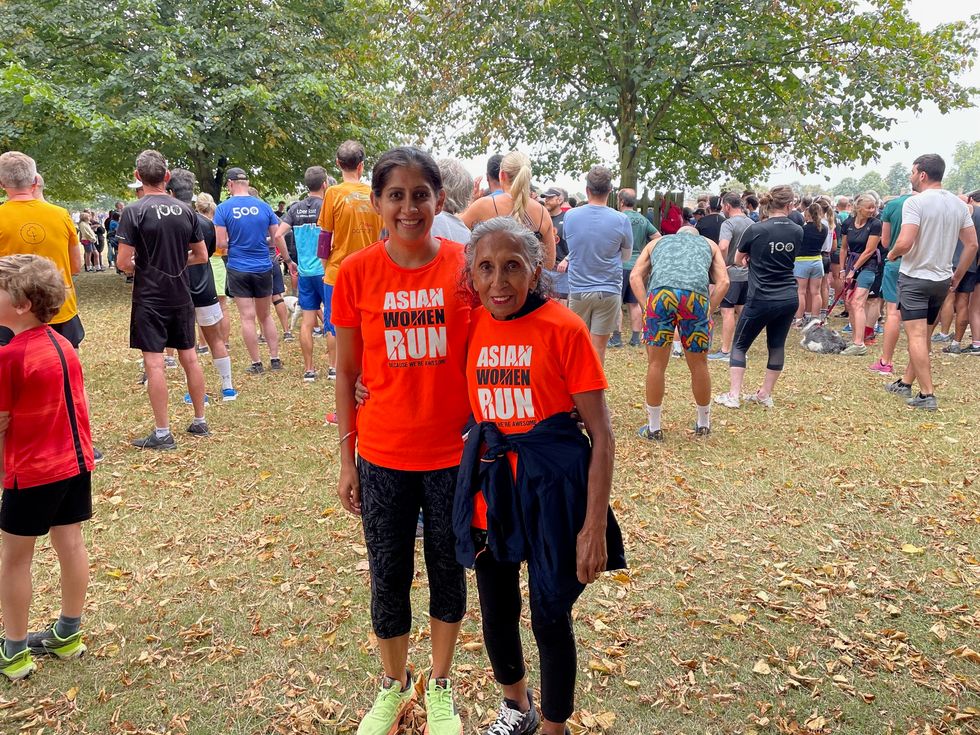THE death toll due to COVID-19 rose to 1,694 and the number of cases climbed to 49,391 in India on Wednesday (6), registering an increase of 126 deaths and 2,958 cases in the last 24 hours, the health ministry said.
This is the second continuous day that the country reports over 2,000 new cases. India reported its first coronavirus case on January 30.
The number of active COVID-19 cases is 33,514. A total of 13,160 people have recovered and one patient has migrated, it said.
"Thus, around 28.71 per cent patients have recovered so far," a senior health ministry official said. The total number of cases include 111 foreign nationals.
A total of 111 deaths were reported since Tuesday (5) evening, of which 49 fatalities were reported from Gujarat, 34 from Maharashtra, 12 from Rajasthan, seven from West Bengal, three from Uttar Pradesh, two each from Punjab and Tamil Nadu and one each from Karnataka and Himachal Pradesh, the ministry said.
Of the 1,694 fatalities, Maharashtra tops the tally with 617 fatalities. Gujarat comes second with 368 deaths, followed by Madhya Pradesh at 176, West Bengal at 140, Rajasthan at 89, Delhi at 64, Uttar Pradesh at 56 and Andhra Pradesh at 36.
The death toll reached 33 in Tamil Nadu, 29 in Telengana, while Karnataka has reported 29 fatalities. Punjab has registered 25 COVID-19 deaths, Jammu and Kashmir eight, Haryana six and Kerala and Bihar four deaths each.
Jharkhand has recorded three COVID-19 fatalities. Meghalaya, Chandigarh, Himachal Pradesh, Odisha, Assam and Uttarakhand have reported one fatality each, according to the ministry data.
According to the health ministry data updated in the morning, the highest number of confirmed cases in the country are from Maharashtra at 15, 525, followed by Gujarat at 6,245, Delhi at 5,104, Tamil Nadu at 4,058, Rajasthan at 3,158, Madhya Pradesh at 3,049 and Uttar Pradesh at 2,880.
The number of COVID-19 cases has gone up to 1,717 in Andhra Pradesh and 1,451 in Punjab. It has risen to 1,344 in West Bengal, 1,096 in Telengana, 741 in Jammu and Kashmir, 671 in Karnataka, 548 in Haryana and 536 in Bihar.
Kerala has reported 502 coronavirus cases so far, while Odisha has 175 cases. A total of 125 people have been infected with the virus in Jharkhand and 111 in Chandigarh. Uttarakhand has reported 61 cases, Chhattisgarh 59 cases, Assam 43, Himachal Pradesh 42 and Ladakh 41.
Thirty-three COVID-19 cases have been reported from the Andaman and Nicobar Islands. Tripura has registered 43 cases, Meghalaya has reported 12 and Puducherry nine, while Goa has seven COVID-19 cases. Manipur has two cases. Mizoram, Arunachal Pradesh and Dadar and Nagar Haveli have reported a case each.

















 Charithra Chandran styled her hair in soft curls for the Ralph Lauren outfitInstagram/
Charithra Chandran styled her hair in soft curls for the Ralph Lauren outfitInstagram/ Charithra’s look was inspired by her character Edwina Sharma from BridgertonInstagram/
Charithra’s look was inspired by her character Edwina Sharma from BridgertonInstagram/

